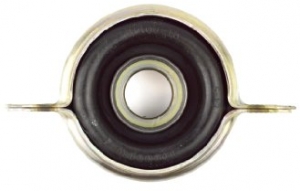-
Welcome to Tacoma World!
You are currently viewing as a guest! To get full-access, you need to register for a FREE account.
As a registered member, you’ll be able to:- Participate in all Tacoma discussion topics
- Communicate privately with other Tacoma owners from around the world
- Post your own photos in our Members Gallery
- Access all special features of the site
Fuel injector cups rubbing against supercharger flange, causing vacuum leak
Discussion in 'Technical Chat' started by redneck_adjacent, Oct 18, 2023.


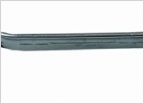 Adjusting the &%#!in' drum brakes
Adjusting the &%#!in' drum brakes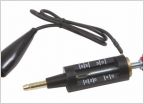 2005 Tacoma 4 cylinders wont start
2005 Tacoma 4 cylinders wont start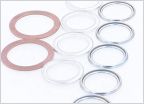 3rd Gen Manual Transmission Drain and Fill Plug Gaskets
3rd Gen Manual Transmission Drain and Fill Plug Gaskets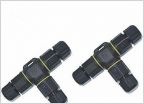 Need Help with Rock light wiring...
Need Help with Rock light wiring...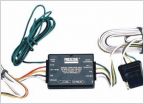 Cruise control quit working after trailer wire harness installed
Cruise control quit working after trailer wire harness installed



















